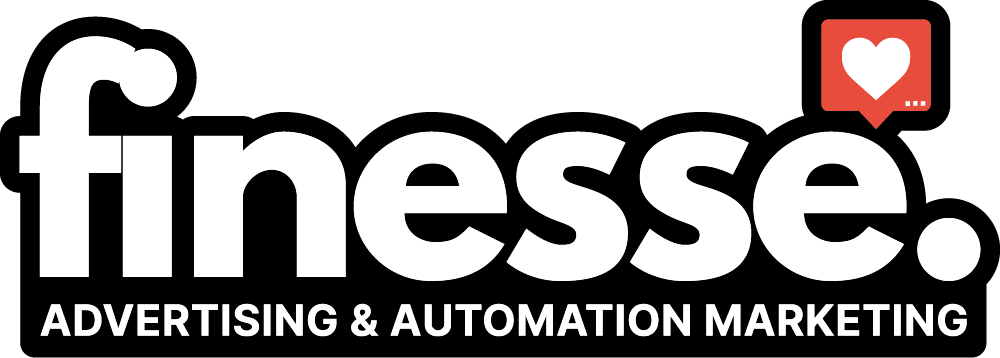Custom, Responsive, and SEO-Ready
Websites Tailored to Your Business Needs
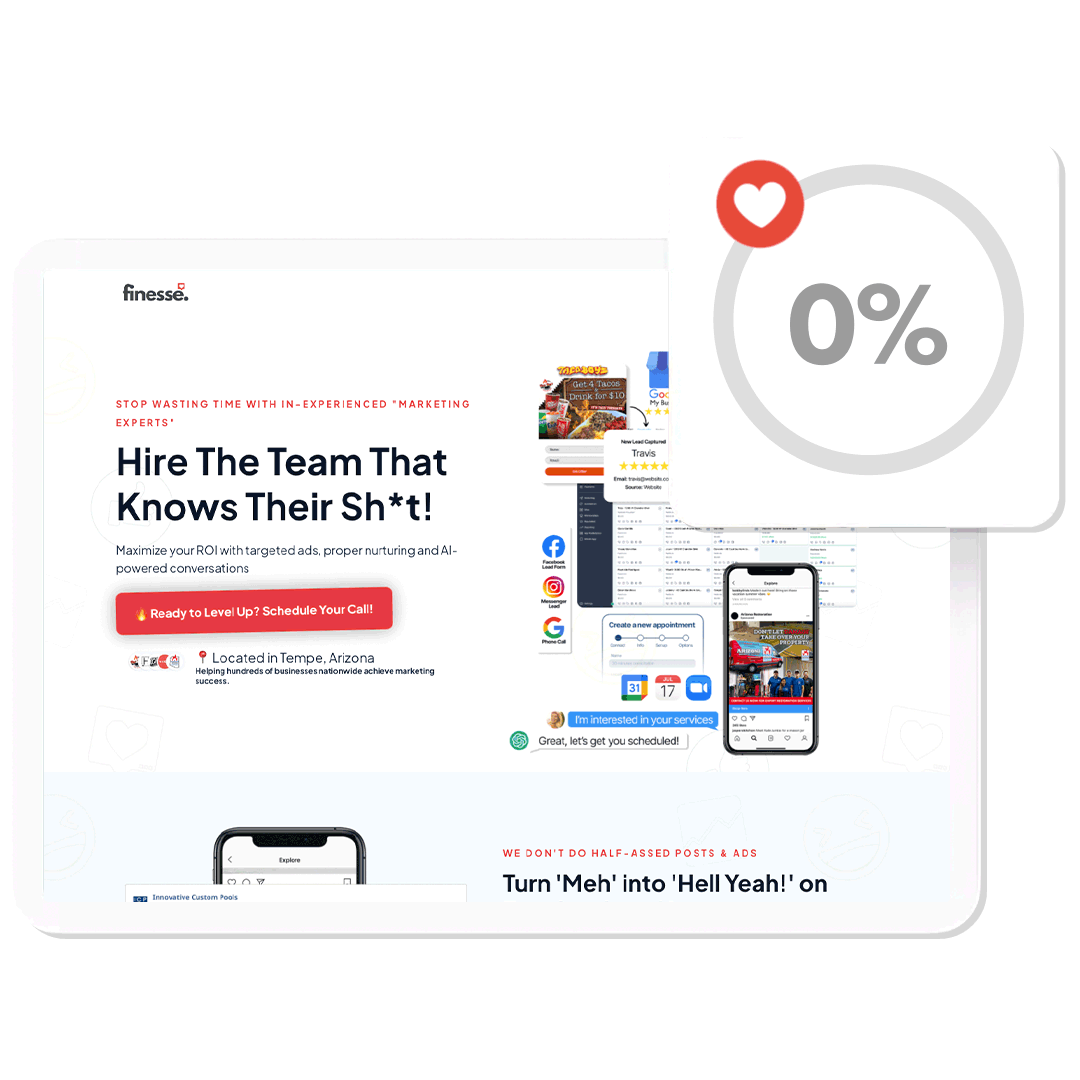
We create stunning, responsive websites that look great on any device. Our comprehensive approach ensures your site is SEO-ready, fully functional, and equipped with advanced tracking to monitor performance.

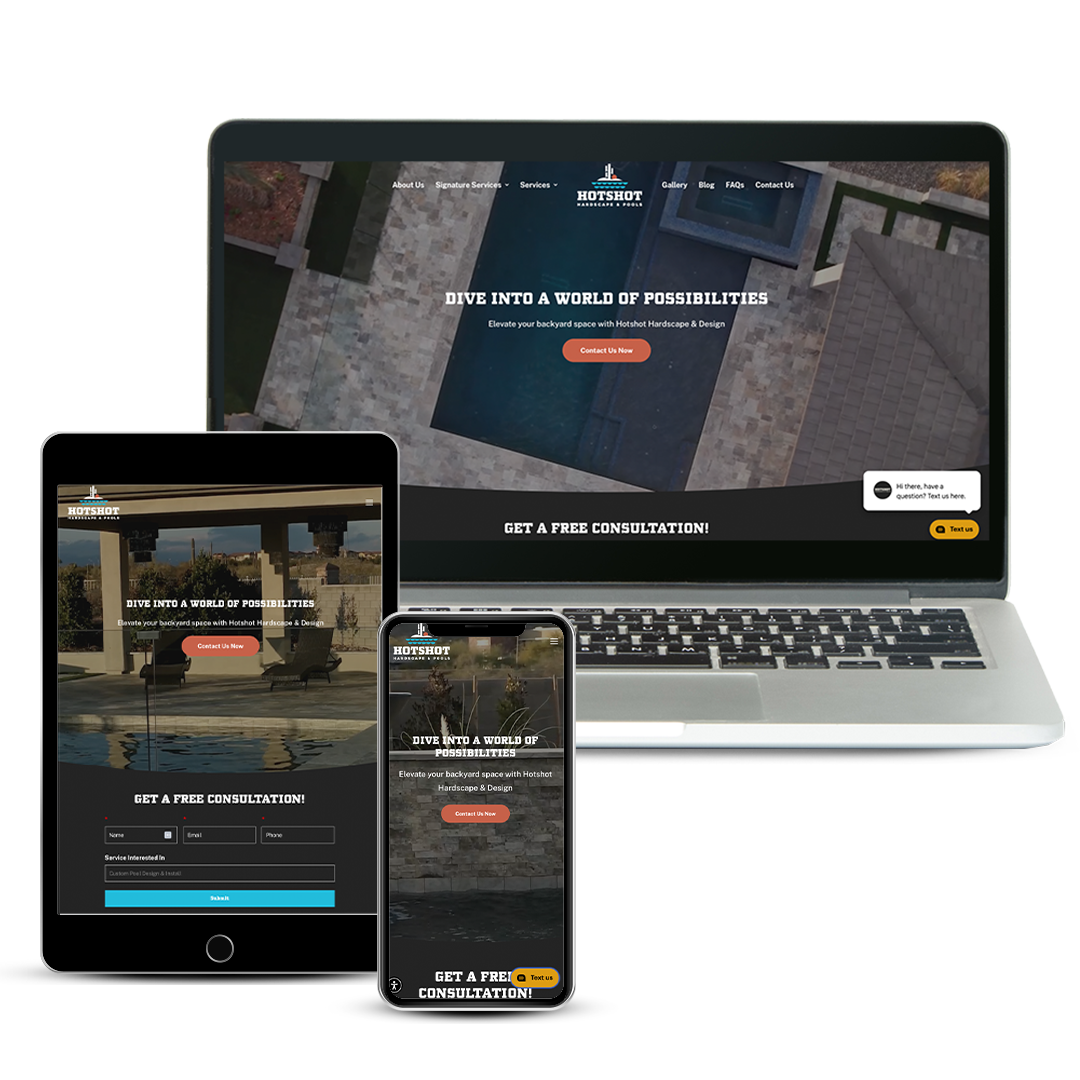
Responsive Design
Looks Awesome on Any Device
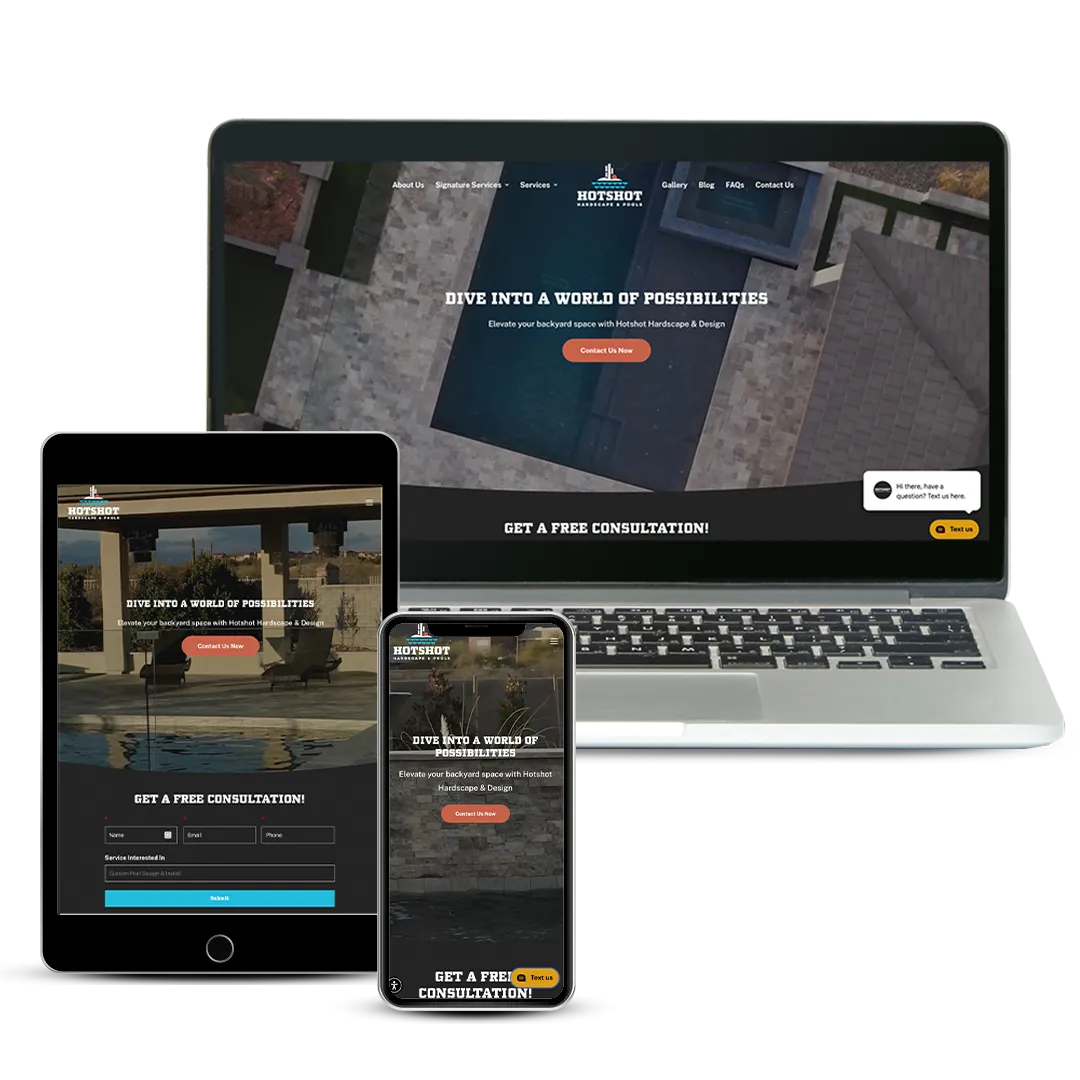
We ensure your website looks and functions perfectly on desktops, tablets, and smartphones. Provide an optimal user experience no matter how your audience accesses your site.
Get Found on Google and Rake in Organic Traffic
Boost Your Search Engine Rankings
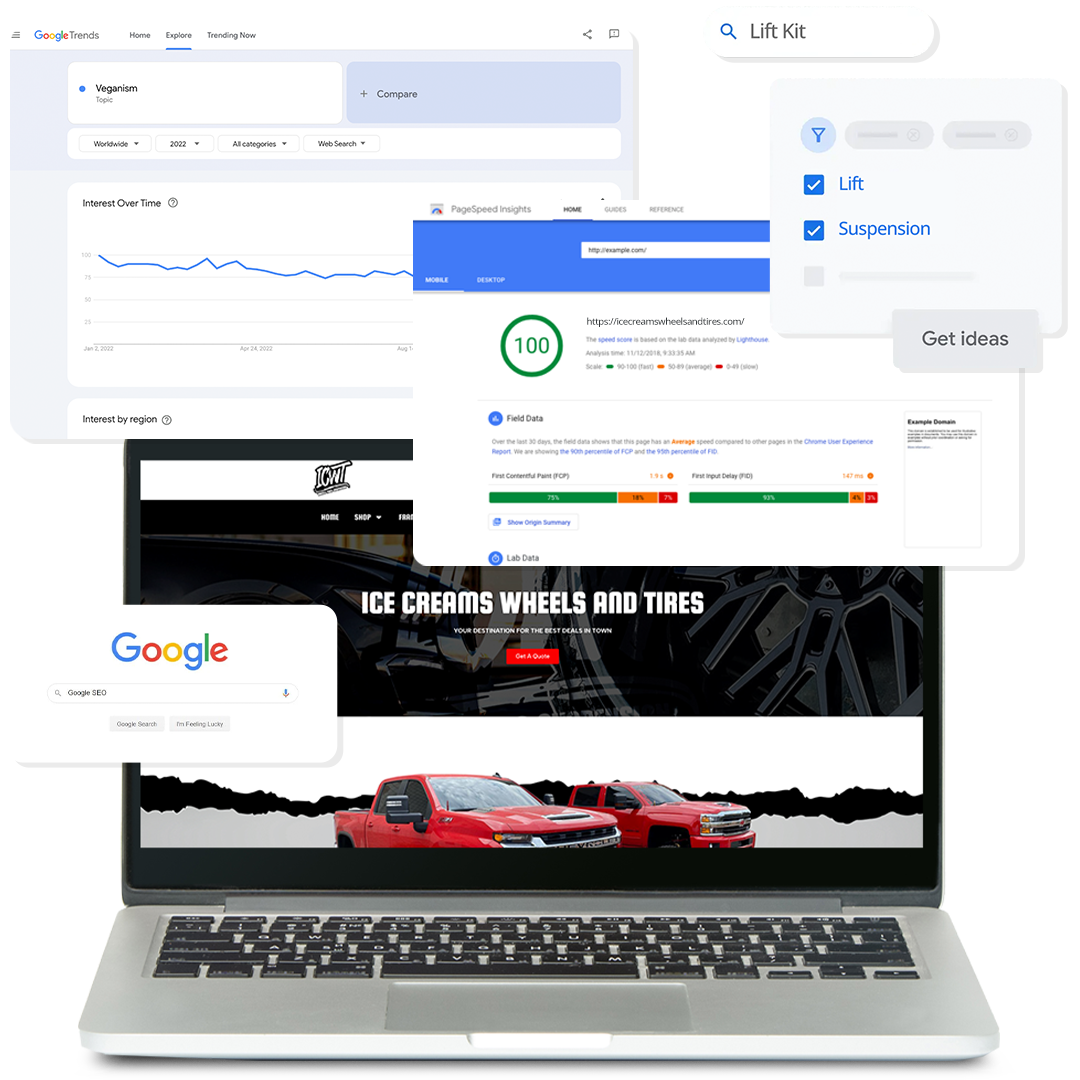
We build websites with SEO best practices in mind, helping you rank higher on search engines and attract more organic traffic. Get found by your target audience and grow your online presence.
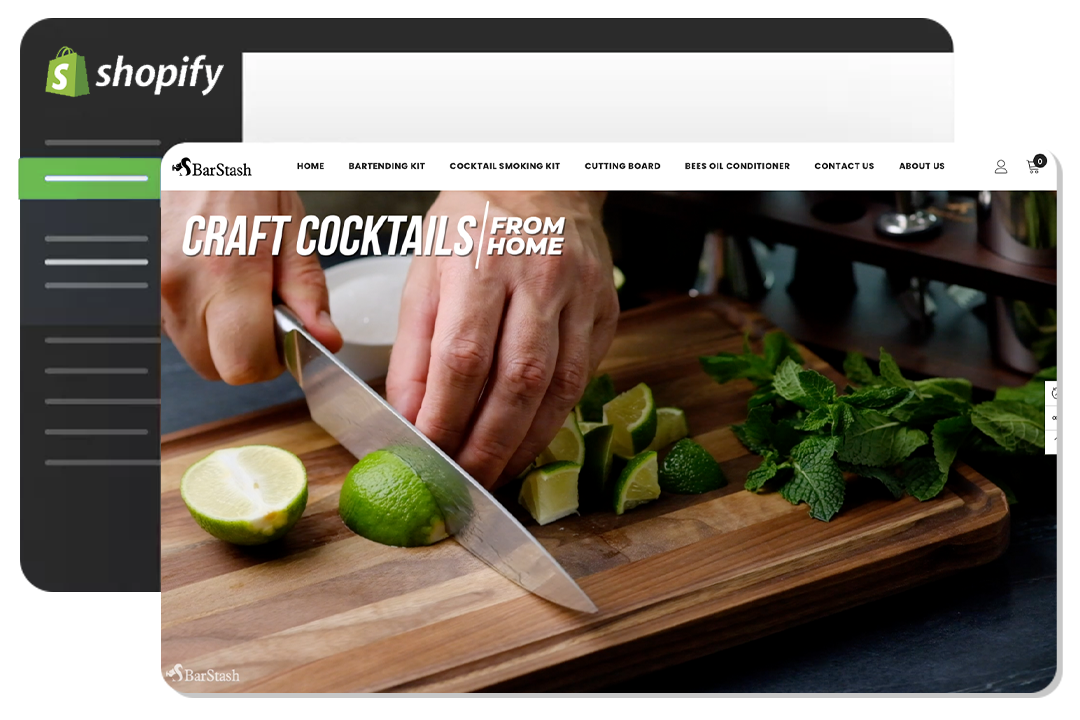
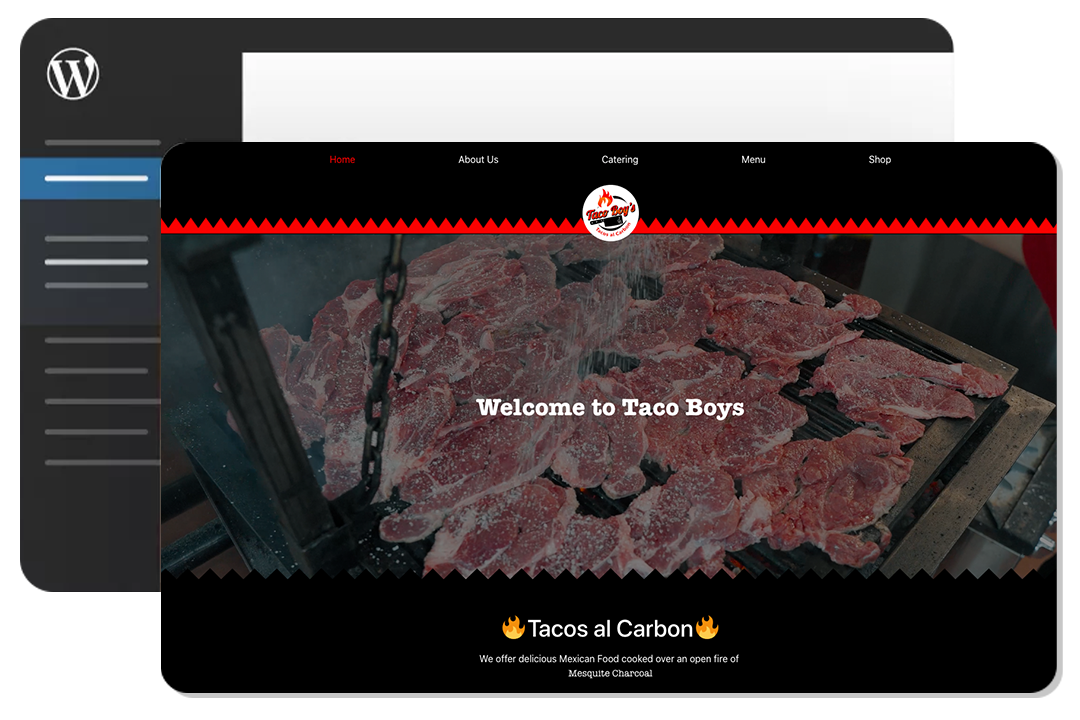
Plugins and Integrations
Functionality with Essential Tools

From e-commerce solutions to social media integrations, we set up all the necessary plugins and integrations to enhance your website's functionality and user experience.
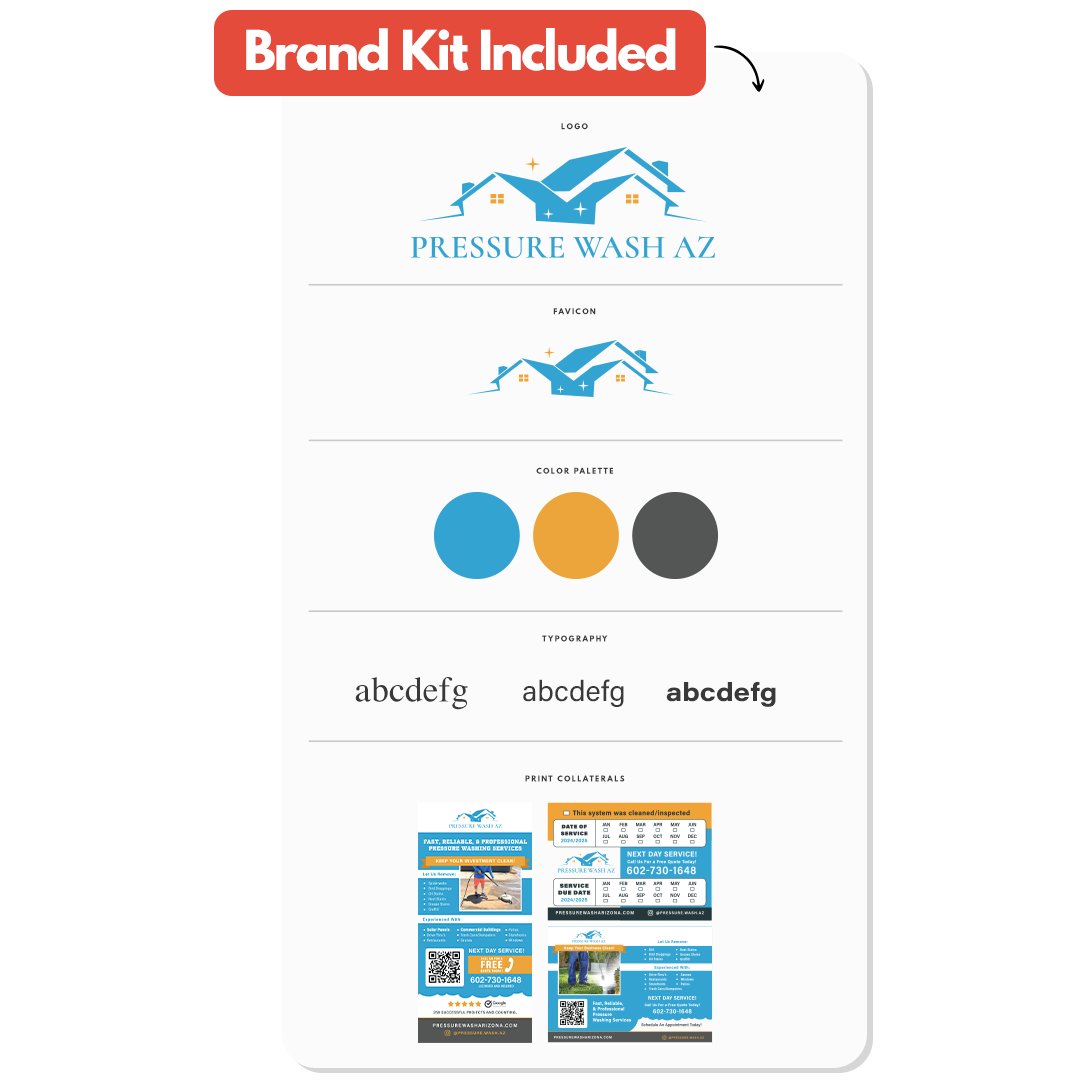
INCLUDES BRAND KIT
Build a Strong Visual Identity
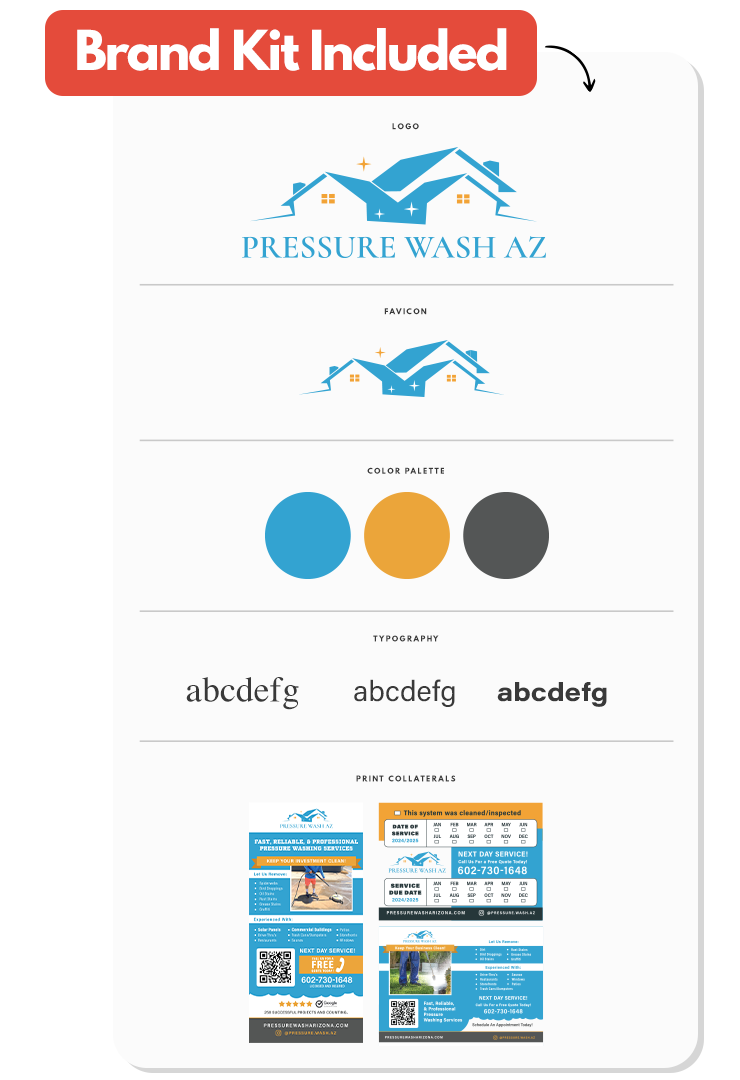
Our service includes a comprehensive brand kit to ensure your website reflects your brand's identity consistently. From logos to color schemes, we create a cohesive and memorable brand experience.
Still got questions?
Frequently Asked Questions
What is included in the website design and development service?
Our service includes responsive design, SEO optimization, essential plugins and integrations, advanced tracking, and a comprehensive brand kit to ensure a cohesive and memorable online presence.
How does responsive design benefit my website?
Responsive design ensures your website looks and functions perfectly on all devices, providing an optimal user experience and increasing engagement across desktops, tablets, and smartphones.
What does it mean for my website to be SEO-ready?
An SEO-ready website is built with best practices in mind, helping you rank higher on search engines and attract more organic traffic. This includes optimized content, meta tags, and a clean site structure.
What types of plugins and integrations do you offer?
We offer a wide range of plugins and integrations, including e-commerce solutions, social media integrations, contact forms, and more, to enhance your website's functionality and user experience.

Why Long-Tail Keywords Are Game-Changers in Google Ads Campaigns

Long-Tail Keywords: Why They Matter in Google Ads
Introduction
When running Google Ads campaigns, advertisers often chase high-volume keywords. But there's a smarter way to attract quality clicks without burning through your budget: long-tail keywords. These specific, less competitive search terms can dramatically improve your Google Ads keyword strategy by attracting more targeted traffic, improving conversion rates, and lowering cost-per-click (CPC).
Let’s break down why long-tail keywords matter and how to use them effectively.
What Are Long-Tail Keywords?
Long-tail keywords are longer and more specific phrases that users type when they’re closer to making a purchase or taking an action.
Example:
Short-tail: "shoes"
Long-tail: "women’s waterproof hiking shoes size 9"
While long-tail keywords typically have lower search volume, they carry higher buyer intent and lower competition, making them ideal for cost-effective Google Ads.
Benefits of Long-Tail Keywords in Google Ads
1. Higher Conversion Rates
Users searching with long-tail phrases usually know what they want. This leads to more qualified traffic and better chances of converting.
2. Lower CPC (Cost Per Click)
Long-tail terms are less competitive, which often means a lower bid is needed to rank high. That helps you stretch your ad budget further.
3. Better Ad Relevance
Using specific keywords improves ad relevance, which can boost your Quality Score. Google rewards ads with higher relevance by reducing CPC and improving visibility.
4. Less Wasted Spend
With a more refined keyword list, you avoid showing ads to broad audiences who aren’t your ideal customer—saving money and increasing ROI.
How to Find Long-Tail Keywords for Google Ads
1. Use Google Keyword Planner
Start with a broad term, then drill down using the "Keyword Ideas" section to find longer, low-competition terms.
2. Analyze Google Ads Search Terms Report
Check which actual search queries trigger your ads. These often reveal high-performing long-tail terms you hadn’t thought of.
3. Look at Google Auto-Suggest & “People Also Ask”
Type keywords into Google and note the longer queries it suggests—these are gold mines for intent-driven searches.
4. Use Tools Like AnswerThePublic, Ubersuggest, or SEMrush
These help uncover long-tail variations and questions people ask that can inspire both your ad copy and keyword list.
How to Use Long-Tail Keywords in Your Campaigns
Group similar long-tail keywords in tight ad groups for better targeting.
Match your ad copy and landing page to the keyword’s intent.
Use phrase match or exact match types to ensure relevance and avoid wasted clicks.
Set up negative keywords to block unrelated traffic, which is crucial when working with niche long-tails.
Conclusion:
Long-tail keywords are one of the most powerful tools in your Google Ads arsenal. While they may not get thousands of clicks, the clicks they do get are often more valuable. With the right keyword research and optimization, you’ll drive more targeted traffic, reduce your CPC, and increase your overall ad performance.
How Ads with Finesse Can Help You
At Ads with Finesse, we specialize in crafting ad campaigns that highlight the best customer experiences, ensuring your audience connects with your brand on an emotional level. Our team carefully selects authentic, high-impact reviews and seamlessly integrates them into your ad strategy.
Learn more about our services today and turn your Google Ads into your most powerful marketing tool with Ads with Finesse.
Let’s create ads that resonate, convert, and build trust.
Check out our blog and services at adswithfinesse.com.

© 2024 Ads with Finesse | Terms & Conditions | Privacy Policy
Ads With Finesse continually stays up to date with Meta & Google marketing changes related to policies, tools, products and more.
